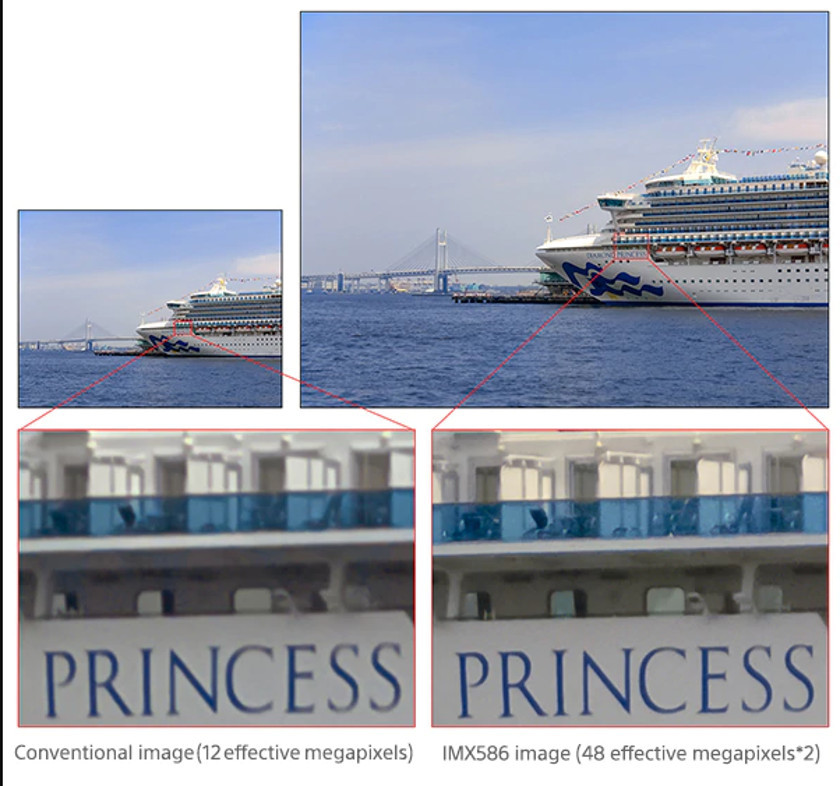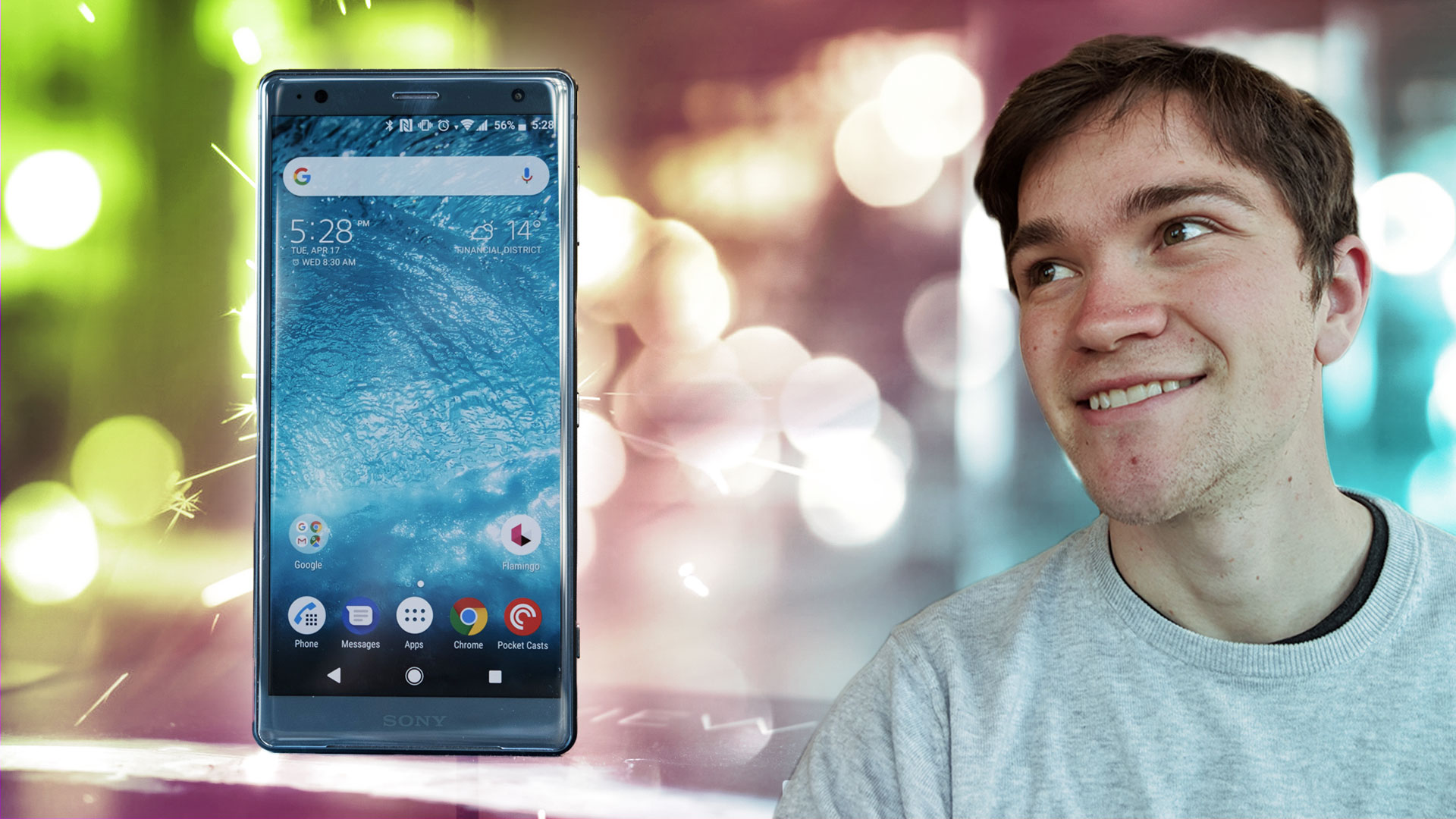- Sony has announced the new IMX586 imaging sensor for smartphone cameras.
- The sensor has a 48MP resolution but combines four pixels into one for low-light situations.
- The new sensor will most likely appear in flagship smartphones from 2019.
Sony is arguably the most important player in the smartphone camera field, as it produces camera sensors used in scores of devices around the world. Now, the company has revealed the IMX586 sensor, which aims to deliver super-high-resolution shots while dramatically boosting low-light performance.
For starters, the IMX586 has an effective 48MP resolution, beating the Huawei P20 Pro and Lumia 1020's 40MP and 41MP sensors respectively. The increased resolution should make for better daytime snaps, delivering more resolvable detail.
Much like Huawei and Nokia's high-resolution cameras though, Sony's new sensor isn't just upping the megapixel ante for daytime shots. Instead, the IMX586 combines the signals from four adjacent 0.8 micron pixels into one pixel, delivering an ostensibly lower resolution yet higher quality low-light image. The Japanese firm says you're essentially getting an image equivalent to a 12MP 1.6 micron pixel camera at night.

The pixel setup on the left is for low-light shots, while the pixel setup on the right is what happens during the day. Sony
This echoes the Huawei P20 Pro's approach, which saw four pixels being combined on the 40MP main camera, spitting out a cleaner 10MP image. The overarching logic is that small pixels can't capture enough light for low-light snaps. But combining these pixels essentially creates a larger pixel which can absorb more light, at the expense of resolution.
It's an approach similar to the one we've seen from several other brands this year too, such as Xiaomi's 16MP and 20MP selfie snappers. The Chinese brand's approach sees the full resolution used in bright conditions, but combines four pixels into one at night, resulting in a lower resolution yet brighter image. LG's V30s ThinQ uses a similar pixel-binning technique for its Bright Mode, spitting out a bright 4MP image from its 16MP main camera.

A picture from a conventional sensor (L) and one from Sony's new sensor (R). Sony
In any case, Sony says the IMX586 sensor also has dynamic range that's four times better than conventional image sensors. So you should expect more detail in highlights and shadowy areas alike.
The Japanese firm says the first sensor samples are due to be shipped in September 2018, which means we'll probably see these sensors in 2019 flagships.
We've contacted Sony to confirm the 12MP low-light resolution and compatibility with super slow-mo functionality. We'll update the article when we receive answers from the company.
from Android Authority https://ift.tt/2JIAJoZ
via IFTTT


Aucun commentaire:
Enregistrer un commentaire